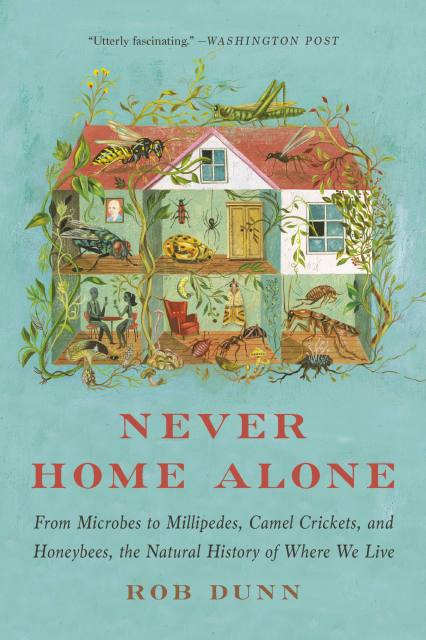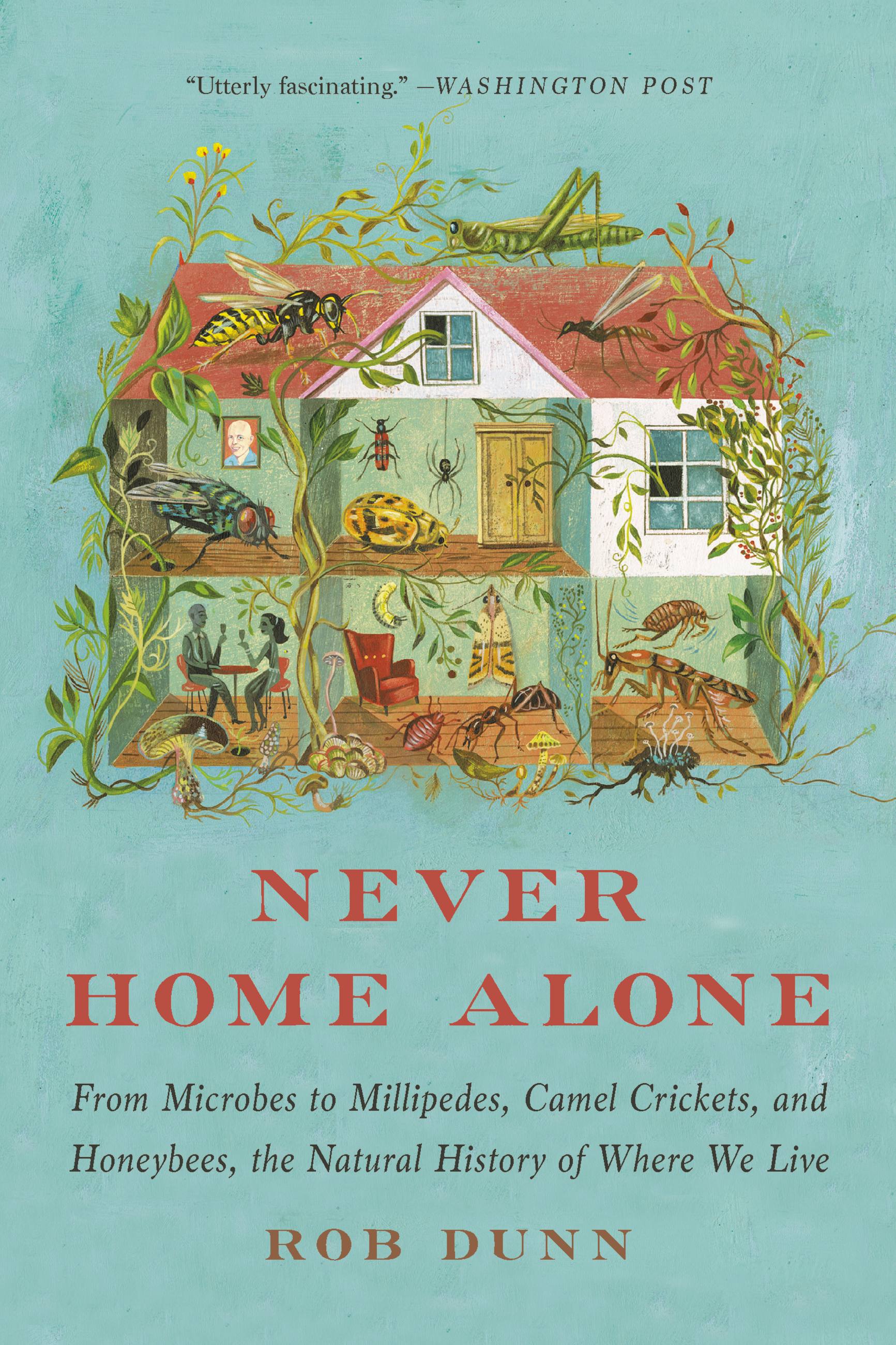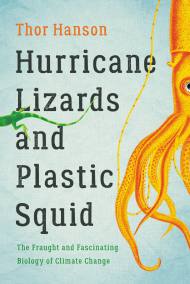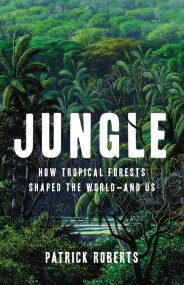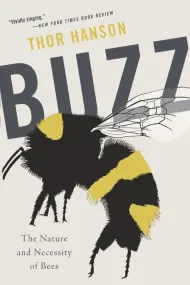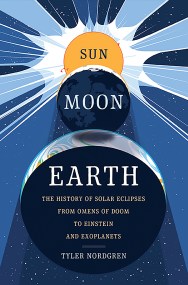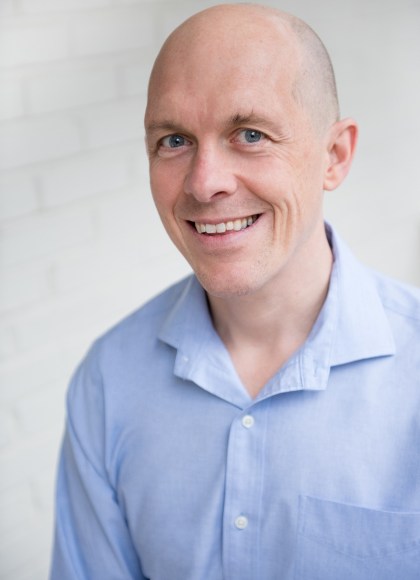Promotion
Use code MOM24 for 20% off site wide + free shipping over $45
Never Home Alone
From Microbes to Millipedes, Camel Crickets, and Honeybees, the Natural History of Where We Live
Contributors
By Rob Dunn
Formats and Prices
Price
$12.99Price
$16.99 CADFormat
Format:
This item is a preorder. Your payment method will be charged immediately, and the product is expected to ship on or around November 6, 2018. This date is subject to change due to shipping delays beyond our control.
Also available from:
Even when the floors are sparkling clean and the house seems silent, our domestic domain is wild beyond imagination. In Never Home Alone, biologist Rob Dunn introduces us to the nearly 200,000 species living with us in our own homes, from the Egyptian meal moths in our cupboards and camel crickets in our basements to the lactobacillus lounging on our kitchen counters. You are not alone. Yet, as we obsess over sterilizing our homes and separating our spaces from nature, we are unwittingly cultivating an entirely new playground for evolution. These changes are reshaping the organisms that live with us — prompting some to become more dangerous, while undermining those species that benefit our bodies or help us keep more threatening organisms at bay. No one who reads this engrossing, revelatory book will look at their homes in the same way again.
Genre:
- On Sale
- Nov 6, 2018
- Page Count
- 336 pages
- Publisher
- Basic Books
- ISBN-13
- 9781541645745
Newsletter Signup
By clicking ‘Sign Up,’ I acknowledge that I have read and agree to Hachette Book Group’s Privacy Policy and Terms of Use
